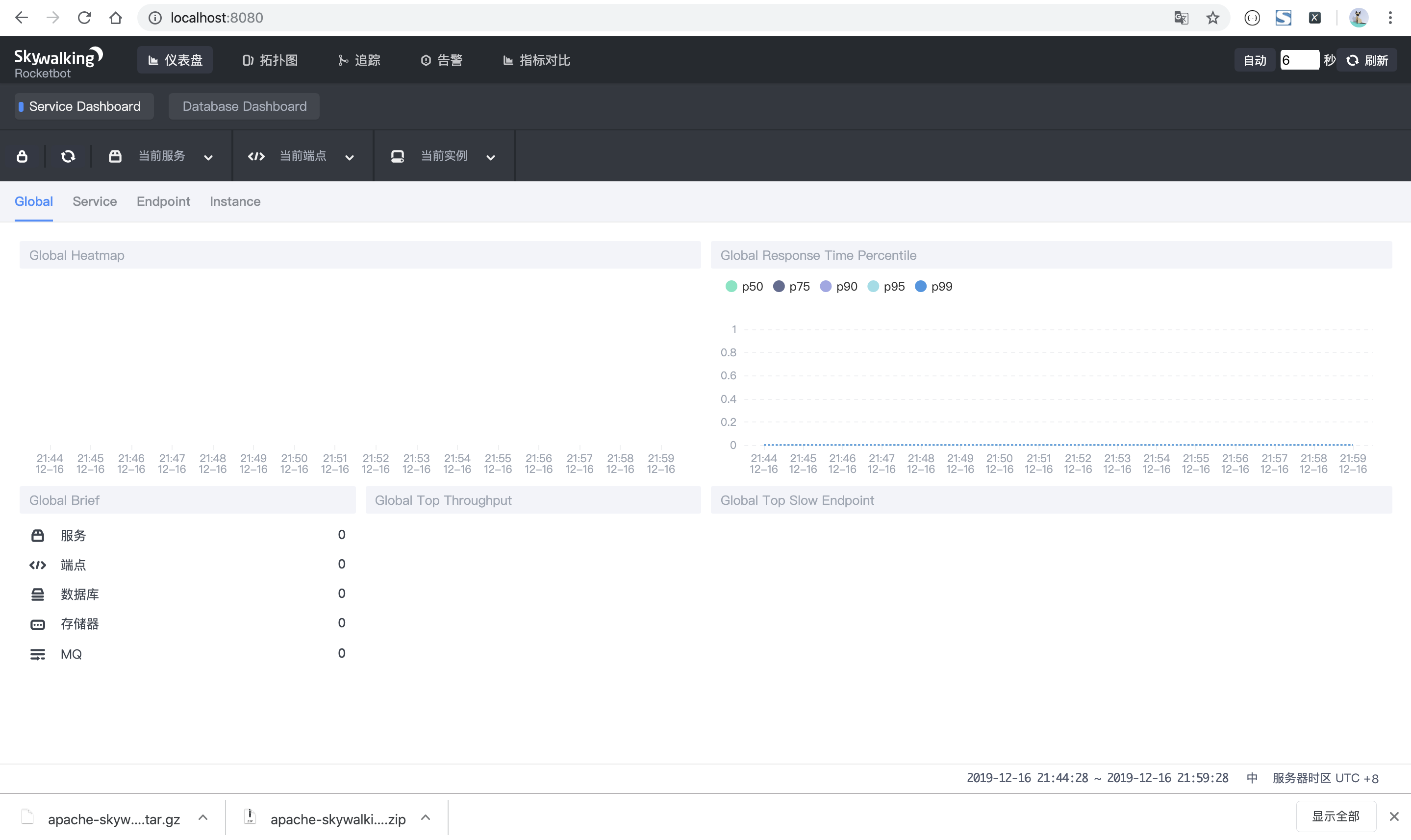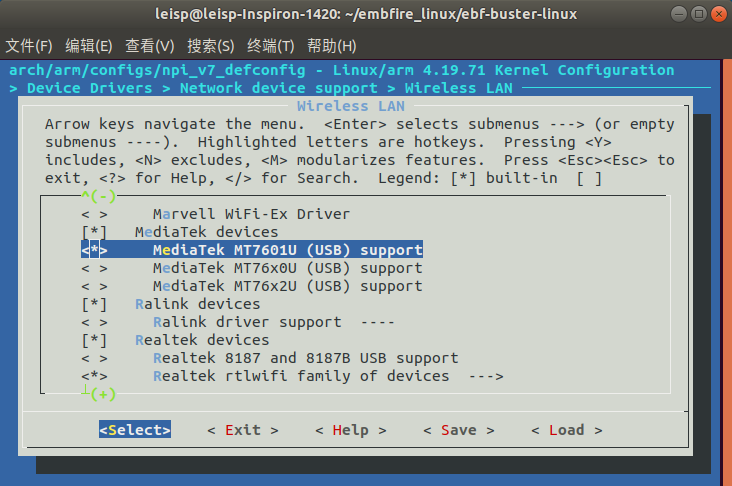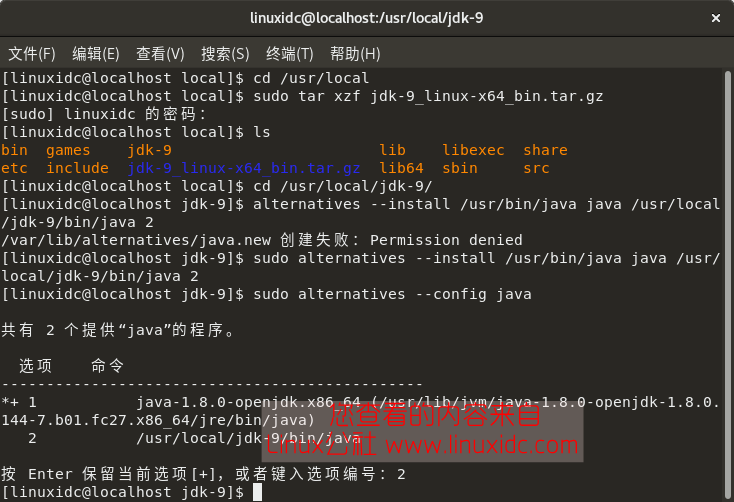head 与 tail 就像它的名字一样的浅显易懂,它是用来显示开头或结尾某个数量的文字区块,head 用来显示档案的开头至标准输出中,而 tail 想当然尔就是看档案的结尾。
1.命令格式:
head [参数]... [文件]...
2.命令功能:
head 用来显示档案的开头至标准输出中,默认head命令打印其相应文件的开头10行。
3.命令参数:
-q 隐藏文件名
-v 显示文件名
-c<字节> 显示字节数
-n<行数> 显示的行数
4&#xff0e;使用实例&#xff1a;
实例1&#xff1a;显示文件的前n行
命令&#xff1a;
head -n 5 log2014.log
输出&#xff1a;
[root&#64;localhost test]# cat log2014.log
2014-01
2014-02
2014-03
2014-04
2014-05
2014-06
2014-07
2014-08
2014-09
2014-10
2014-11
2014-12
&#61;&#61;&#61;&#61;&#61;&#61;&#61;&#61;&#61;&#61;&#61;&#61;&#61;&#61;&#61;&#61;&#61;&#61;&#61;&#61;&#61;&#61;&#61;&#61;&#61;&#61;&#61;&#61;&#61;&#61;
[root&#64;localhost test]# head -n 5 log2014.log
2014-01
2014-02
2014-03
2014-04
2014-05[root&#64;localhost test]#
实例2&#xff1a;显示文件前n个字节
命令&#xff1a;
head -c 20 log2014.log
输出&#xff1a;
[root&#64;localhost test]# head -c 20 log2014.log
2014-01
2014-02
2014
[root&#64;localhost test]#
实例3&#xff1a;文件的除了最后n个字节以外的内容
命令&#xff1a;
head -c -32 log2014.log
输出&#xff1a;
[root&#64;localhost test]# head -c -32 log2014.log
2014-01
2014-02
2014-03
2014-04
2014-05
2014-06
2014-07
2014-08
2014-09
2014-10
2014-11
2014-12[root&#64;localhost test]#
实例4&#xff1a;输出文件除了最后n行的全部内容
命令&#xff1a;
head -n -6 log2014.log
输出&#xff1a;
[root&#64;localhost test]# head -n -6 log2014.log
2014-01
2014-02
2014-03
2014-04
2014-05
2014-06
2014-07[root&#64;localhost test]#












 京公网安备 11010802041100号
京公网安备 11010802041100号